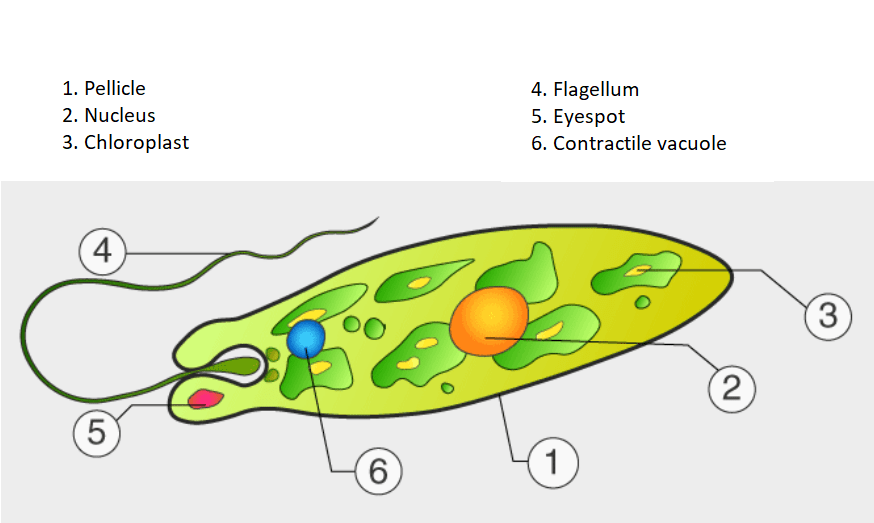Kingdom Protista
Akanksha Soni, Academic Content Writer at Edumarz
- Protists:-
- Protists are mostly eukaryotic organisms that are neither plants nor animals.
- It is unicellular. It is found as a colony of cells. The cell of these organisms consists of a nucleus and other membrane-bound organelles.
- It can live in water, damp, terrestrial environments, or even as parasites.
- Some of them also have a locomotor structure that is known as flagella or cilia.
- Protists can be autotrophic or heterotrophic. Autotrophic organisms can produce their own food to survive. Heterotrophic organisms cannot produce their own food, they depend on the other organisms for food and survive.
- It reproduced both asexually and sexually, depending on environmental conditions.
- Some scientists speculate that protists form a link between plants, animals, and fungi.

Classification of Protista:- Classification of Protists are as follows:-
Chrysophytes:-
- Chrysophytes include diatoms and golden algae or desmids and they live in freshwater or marine water.
- Chrysophytes are microscopic and swim passively in water currents.
- They are mostly photosynthetic.
- Diatoms have a rigid siliceous cell wall, so the walls are indestructible. The ‘Diatomaceous earth’ is formed due to the accumulation of siliceous cell wall deposits over billions of years.
- Diatoms are the major ‘producers’ in the oceans and this soil is used in polishing, filtration of oils, and syrups.
Dinoflagellates:-
- Dinoflagellates are photosynthetic, mostly found in marine water.
- It is found in various colors, according to the pigment cells. It looks like yellow, green, brown, blue, or red.
- Dinoflagellates are rigid cellulose plates on the outer surface of the cell wall.
- It has two flagellates; one is located longitudinally and the other transversely in a furrow between the wall plates.
- Example: Gonyaulax ( Red dinoflagellates ) multiply so rapidly that they appear red (red tides) to the oceans. The toxins released in such large numbers can also kill other marine organisms such as fish.
Euglenoids:-
- Euglenoids are photosynthetic in the presence of sunlight, in the absence of sunlight they behave like heterotrophs and feed on small organisms, mostly found in freshwater.
- They lack a cell wall, but they do have a protein-rich layer known as a pellicle that makes their bodies flexible.
- It has two flagellates one short and one long.
- Example:- Euglena and Trachelomonas etc.
Slime molds:-
- These are saprophytic protists that feed on the dead and decaying matter.
- In favorable conditions, slime molds are collected and form plasmodium that can grow and spread for several feet.
- In unfavorable conditions, the plasmodium fruiting bodies are formed with spores at their tips. These spores have true walls and slive for many years due to the highly resistant cell wall.
Protozoans:-
- Protozoans are heterotrophic and live as predators or parasites.
- It is a unicellular organism.
- They are divided into four major groups:-
- Amoeboid parasites:- These parasites live in water bodies, either fresh or saline. Their false feet are known as pseudopodia which help in changing their body shape and help in capturing and engulfing food. For example:- Amoeba and Entamoeba etc.
- Flagellated protozoans:– They have flagella and this member of this group is free-living as well as parasitic in nature. These parasites cause diseases such as sleeping sickness. For example, Trypanosoma causes sleeping sickness.
- Ciliated protozoans:– They have cilia throughout their body which help in locomotion and capture food. For example Paramecium.
- Sporozoans:– Sporozoans are so named because they have a spore-like stage in their life cycle and they affect other organisms. For example Plasmodium (malarial parasites).

